Music of Nicaragua holds a profound place in the cultural identity of Nicaragua, reflecting the country’s rich history, diverse heritage, and vibrant social fabric. From traditional folkloric rhythms to modern genres influenced by global trends, Nicaraguan music embodies the spirit and soul of its people. In this comprehensive guide, we will embark on a journey through Nicaragua’s musical landscape, exploring its traditional genres, iconic artists, and enduring cultural significance.
Traditional Music:
Traditional Nicaraguan music is deeply rooted in indigenous, African, and Spanish influences, resulting in a diverse tapestry of rhythms, melodies, and instruments. One of the most iconic traditional genres is “son nica,” a fusion of indigenous Miskito rhythms, Afro-Caribbean beats, and Spanish colonial influences. Instruments commonly used in traditional Nicaraguan music include marimbas, drums, guitars, and flutes. Traditional songs often tell stories of rural life, love, and social justice, serving as a means of cultural expression and identity for Nicaraguan communities.
Mestizo Music:
Mestizo music, also known as “musica mestiza,” represents the blending of indigenous, African, and European musical traditions in Nicaragua. This genre encompasses a wide range of styles, including jamaquello, torovenado, and chicheros, each with its own unique rhythms and instrumentation. Mestizo music often features lively percussion, intricate vocal harmonies, and call-and-response singing, creating a dynamic and engaging musical experience. Popular instruments in mestizo music include marimbas, drums, guitars, and brass instruments.
Afro-Caribbean Music:
Nicaragua’s Caribbean coast is home to a vibrant Afro-Caribbean music scene, characterized by its infectious rhythms, lively melodies, and colorful instrumentation. One of the most popular Afro-Caribbean genres in Nicaragua is “palo de mayo,” a festive style of music and dance that originated in the Miskito Coast region. Palo de mayo features energetic drumming, rhythmic chanting, and elaborate costumes, creating a lively and vibrant atmosphere during festivals and celebrations. Other Afro-Caribbean genres in Nicaragua include reggae, calypso, and soca, which reflect the cultural diversity and heritage of the region’s Afro-descendant communities.
Garifuna Music:
The Garifuna people, an Afro-indigenous ethnic group with roots in the Caribbean, have a distinct musical tradition that has influenced Nicaraguan culture. Garifuna music is characterized by its unique blend of African rhythms, indigenous melodies, and Caribbean influences. Traditional Garifuna instruments include drums, turtle shells, and shakers, which are used to create complex polyrhythms and syncopated grooves. Garifuna songs often celebrate cultural heritage, spirituality, and community solidarity, serving as a means of cultural preservation and identity for the Garifuna people in Nicaragua.
Modern Music:
In addition to its rich tradition of folkloric and traditional music, Nicaragua has a thriving modern music scene that encompasses a wide range of genres, styles, and influences. Modern Nicaraguan music draws inspiration from global trends such as rock, pop, hip-hop, and electronic dance music, while also incorporating elements of traditional rhythms and instruments. Artists such as Luis Enrique, Katia Cardenal, and Perrozompopo have gained international acclaim for their innovative fusion of Nicaraguan roots music with contemporary sounds and styles, showcasing the country’s dynamic and evolving musical landscape.
Cultural Significance:
Music plays a central role in Nicaraguan culture, serving as a vehicle for storytelling, social commentary, and community cohesion. From rural villages to urban neighborhoods, music permeates every aspect of Nicaraguan life, bringing people together in celebration, protest, and remembrance. Traditional music and dance are integral parts of religious festivals, holidays, and cultural events, while modern music serves as a reflection of contemporary society and youth culture. Through its music, Nicaragua preserves its cultural heritage, celebrates its diversity, and expresses its collective identity as a nation.
Preservation and Promotion:
Efforts to preserve and promote Nicaraguan music are ongoing, with organizations, festivals, and educational programs dedicated to safeguarding the country’s musical heritage. Cultural institutions such as the National Conservatory of Music and the National Folklore Archive work to document, archive, and disseminate traditional music and dance traditions, ensuring that future generations have access to Nicaragua’s cultural legacy. Additionally, music festivals, concerts, and cultural events showcase the talents of Nicaraguan musicians and provide platforms for artistic expression and creativity.
Famous Artists:
Nicaragua has produced numerous talented musicians and artists who have made significant contributions to the country’s music scene, both nationally and internationally. Here are some of the most famous artists in Nicaragua:
Luis Enrique: Known as the “Prince of Salsa,” Luis Enrique is one of Nicaragua’s most renowned musical exports. With a career spanning several decades, Luis Enrique has achieved global success with his infectious blend of salsa, pop, and tropical rhythms. His hit songs, including “Yo No Sé Mañana” and “Desesperado,” have topped charts and earned him multiple Grammy Awards.
Katia Cardenal: A singer-songwriter and folk musician, Katia Cardenal is a prominent figure in Nicaragua’s music scene. Alongside her sister, Nina Cardenal, Katia has released numerous albums showcasing her soulful voice and heartfelt songwriting. Her music often addresses social and environmental issues, reflecting her commitment to activism and social justice.
Perrozompopo: Perrozompopo is the stage name of Carlos Mejía Godoy, a Nicaraguan singer-songwriter known for his politically charged lyrics and eclectic musical style. With songs that blend rock, folk, and traditional Nicaraguan rhythms, Perrozompopo has become a voice for the country’s youth and a symbol of resistance against oppression and injustice.
Norma Helena Gadea: A classical guitarist and composer, Norma Helena Gadea is celebrated for her virtuosity and innovation in the realm of Nicaraguan music. Her compositions draw inspiration from Nicaraguan folk traditions, incorporating elements of indigenous music, Afro-Caribbean rhythms, and European classical influences.
Hernaldo Zúñiga: Hernaldo Zúñiga is a Nicaraguan singer-songwriter known for his poetic lyrics and soulful melodies. His music spans various genres, including pop, rock, and folk, and often explores themes of love, longing, and social commentary. Zúñiga’s introspective songs have earned him a dedicated following both in Nicaragua and abroad.
Luis Pastor González: Luis Pastor González, also known as “El Ruiseñor de la Canción Ranchera” (The Nightingale of Ranchera Music), is a beloved Nicaraguan singer and composer known for his interpretations of traditional ranchera and bolero songs. With his powerful voice and emotional delivery, González has captivated audiences for decades and remains an icon of Nicaraguan music.
Camilo Zapata: Camilo Zapata is a Nicaraguan singer-songwriter and guitarist known for his distinctive voice and poetic lyrics. His music blends elements of rock, blues, and folk, reflecting his diverse musical influences and personal experiences. Zapata’s introspective songs have earned him a loyal following in Nicaragua and beyond.
Norma Elena Gadea: Norma Elena Gadea is a Nicaraguan classical guitarist and composer known for her virtuosity and innovative approach to music. Her compositions draw inspiration from Nicaraguan folk traditions, incorporating elements of indigenous music, Afro-Caribbean rhythms, and European classical influences. Gadea’s performances have earned her critical acclaim and recognition as one of Nicaragua’s most talented musicians.
These artists represent just a small sample of the wealth of talent that Nicaragua has to offer. From salsa to folk, rock to classical, Nicaraguan music encompasses a wide range of styles and genres, each reflecting the country’s rich cultural heritage and diverse musical influences. Through their music, these artists have not only entertained audiences but also served as ambassadors for Nicaraguan culture, sharing its beauty and complexity with the world.
Conclusion:
Nicaraguan music is a vibrant tapestry of rhythms, traditions, and influences that reflects the country’s rich cultural heritage and diverse ethnic mosaic. From traditional folkloric melodies to modern fusion genres, Nicaraguan music embodies the spirit, resilience, and creativity of its people. As Nicaragua continues to evolve and embrace new musical trends, its music remains a source of pride, inspiration, and unity for generations to come.



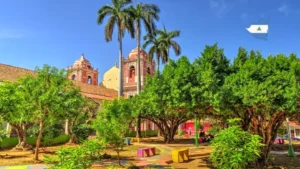
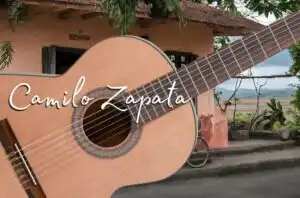

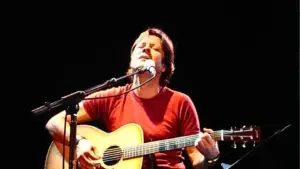
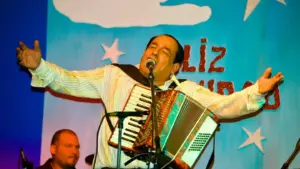



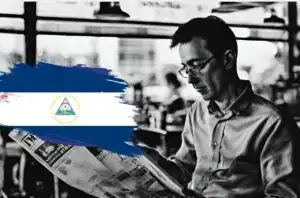
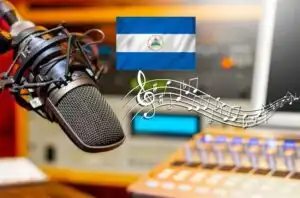
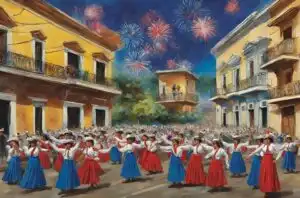
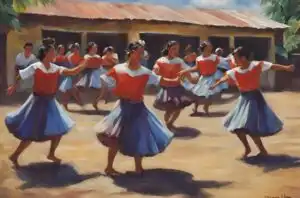
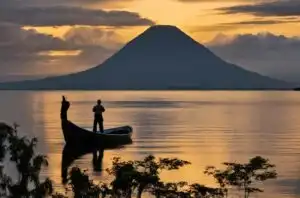
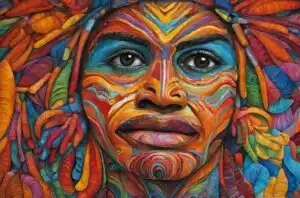

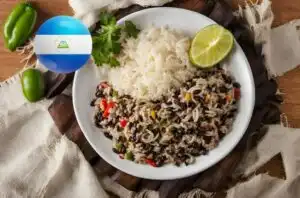

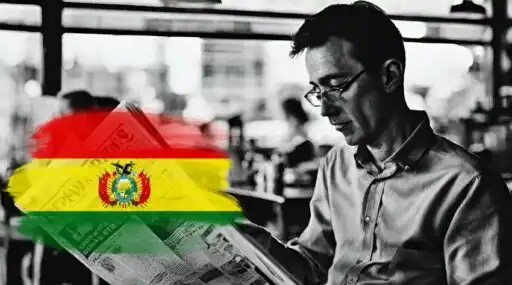




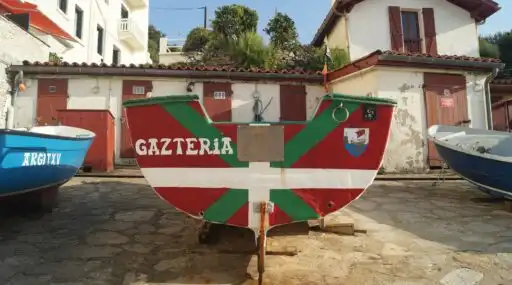

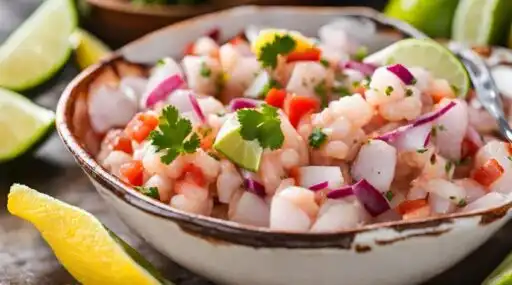
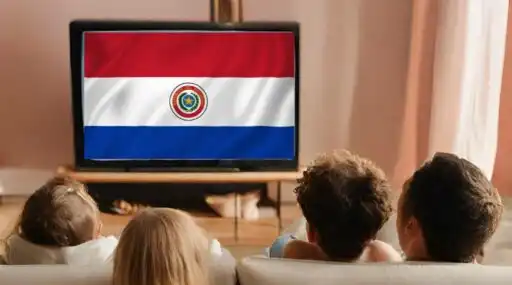


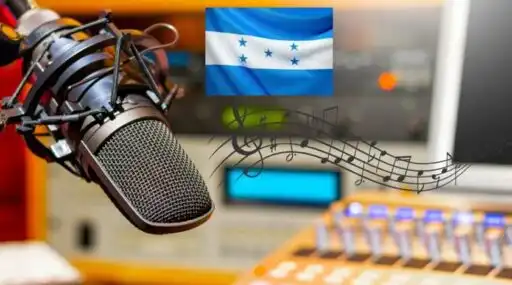
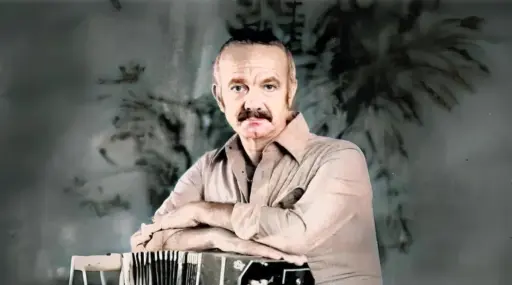

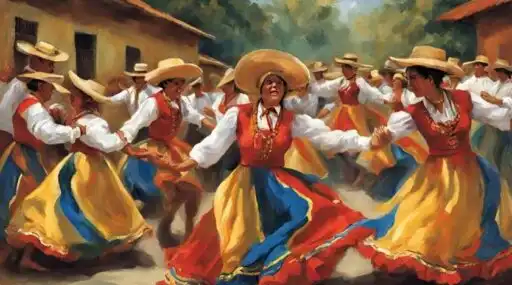
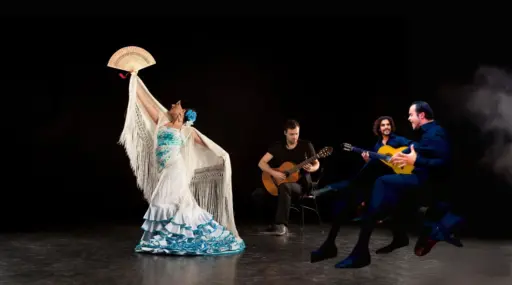
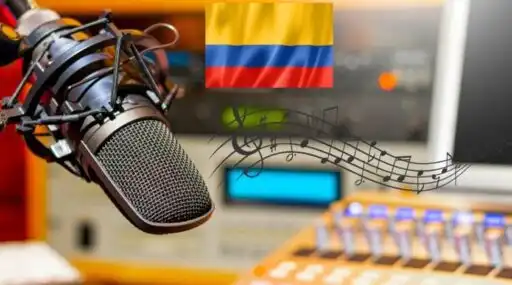


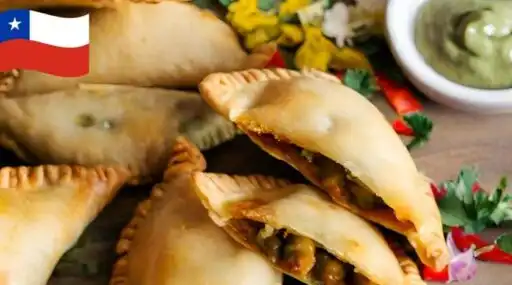


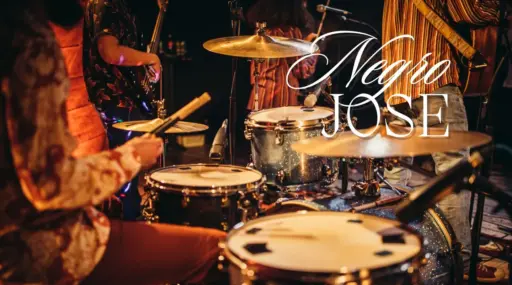
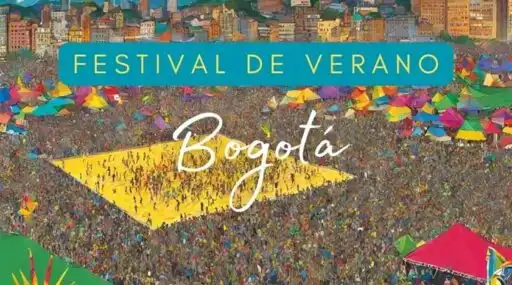
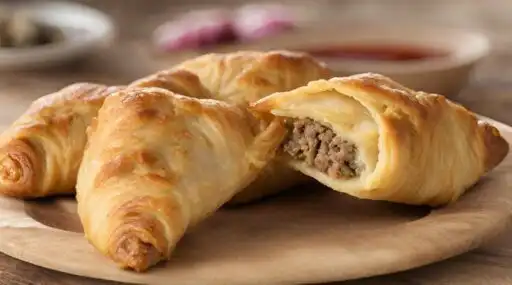
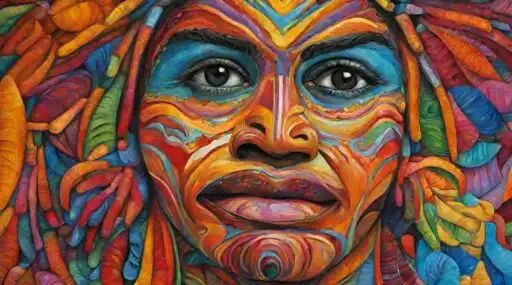

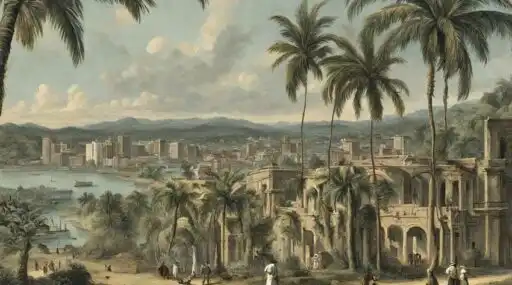

Leave a Reply